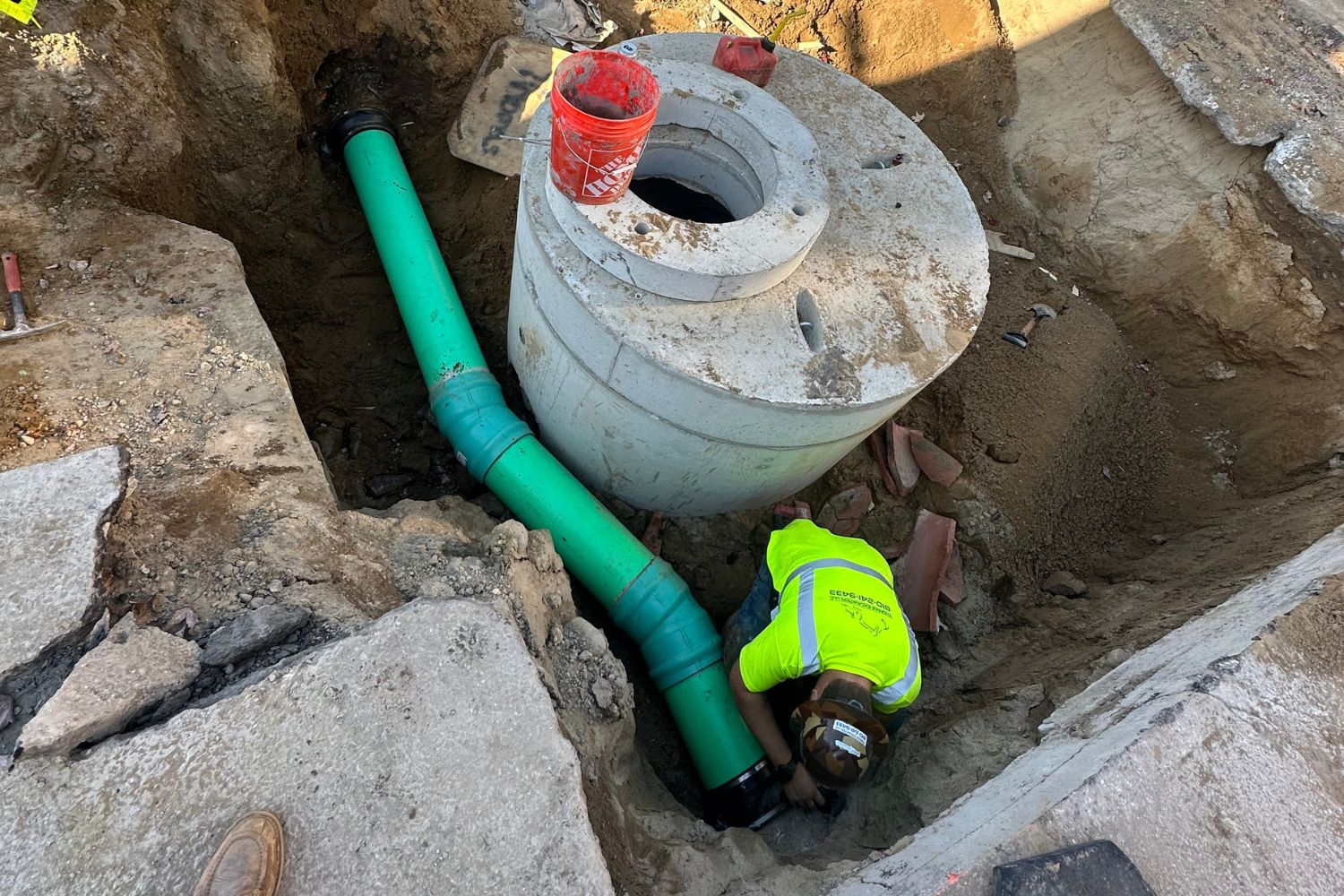Silent Safety: Liability Risks Under the Surface and How Licensed Excavation Mitigates Them
Demolition and digging look simple from the curb: a backhoe arrives, rubble goes, and the job is done. The truth is messier. Beneath yards and old slabs there can be unmarked septic tanks, vintage underground fuel lines, buried foundations, contaminated fill, and tangled utilities. Those hidden things aren’t just inconvenient; they’re safety and liability hazards that can cost far more than the demolition itself.
At Thomas Excavation, we don’t treat excavation as “dig until something happens.” We treat it as risk management. Licensed crews, systematic site assessments, and documented processes turn an unpredictable teardown into a managed, auditable project. That’s important for homeowners, builders, and property managers alike: a properly executed demolition prevents injuries, avoids environmental headaches, and keeps insurance, permitting, and resale on the safe side of the ledger.
Here are the common under-surface surprises we see and why they matter. Unmarked septic tanks can collapse under a machine or a worker and release contaminated liquids. Old fuel or chemical lines hidden in fill present fire and contamination risks. Buried foundations, rubble, or tree stumps can ruin equipment and slow the job to a crawl. Even compacted or contaminated fill can settle later, undermining future foundations or landscaping. Each of these hidden conditions creates exposure: to injury, to environmental cleanups, and to regulatory enforcement.
Licensed excavation mitigates these risks in practical, documentable ways. First, we begin with a site assessment and utility clearance. That includes calling MISS DIG and coordinating locates so known lines are marked before machines touch the ground. When a property has a question mark—an old pool, an outbuilding, a suspicious mound—we treat that as a flagged condition and plan for careful exposure rather than high-speed removal.
Second, we use the right tools and teams. Our crews work to written plans, and we deploy certified operators who understand how to expose a suspect area safely, how to shore trenches when needed, and how to protect adjacent structures. When hazardous finds appear, we follow containment and disposal protocols so materials leave the site legally and safely—no backyard burn piles, no random dumps.
Third, we document everything. Permits, inspection logs, photos, soil testing results, and disposal manifests matter. Regulators and insurers want records; project owners want proof. Documentation speeds permit approvals, prevent surprises at closings, and demonstrate due diligence if a question ever arises after the project.
Fourth, licensed teams coordinate the follow-on work that avoids future claims. That means planned over-excavation to reach stable native soils, approved backfill, and proper compaction so a new slab or driveway won’t settle unexpectedly. It also means coordinating with engineers when contamination or unexpected conditions require a tailored remediation plan.
Finally, there’s a community and compliance angle. Improper demolition can send sediment and debris into storm drains, damage adjacent utilities, or trigger notices from regulators. Experienced excavation contractors build erosion and sediment controls into the scope of work, maintain stabilized entrances, and stage debris so the neighborhood and the environment aren’t collateral damage.
If you’re planning a teardown, addition, or property redevelopment, the cheapest dig isn’t the safest. Engage a licensed excavation team that plans for what’s under the surface, documents decisions, and protects the property and people involved. That approach turns a risky unknown into a managed, measurable project and saves headaches, dollars, and liability down the road.
Want us to walk your lot and point out the likely trouble spots? We’ll show you where unseen risks lie and how a licensed, documented approach keeps your project moving without surprises.

